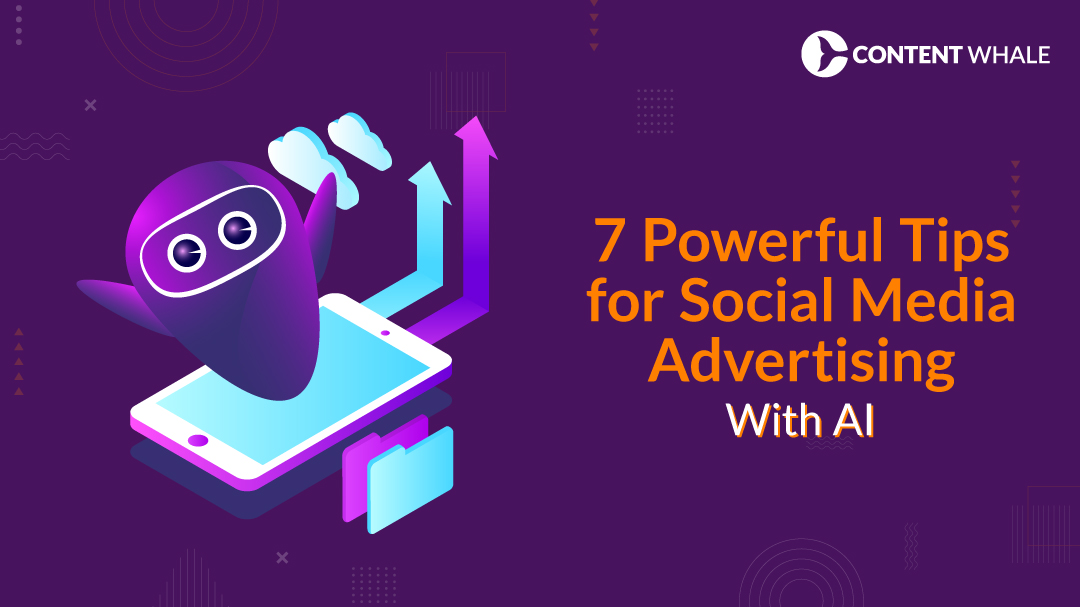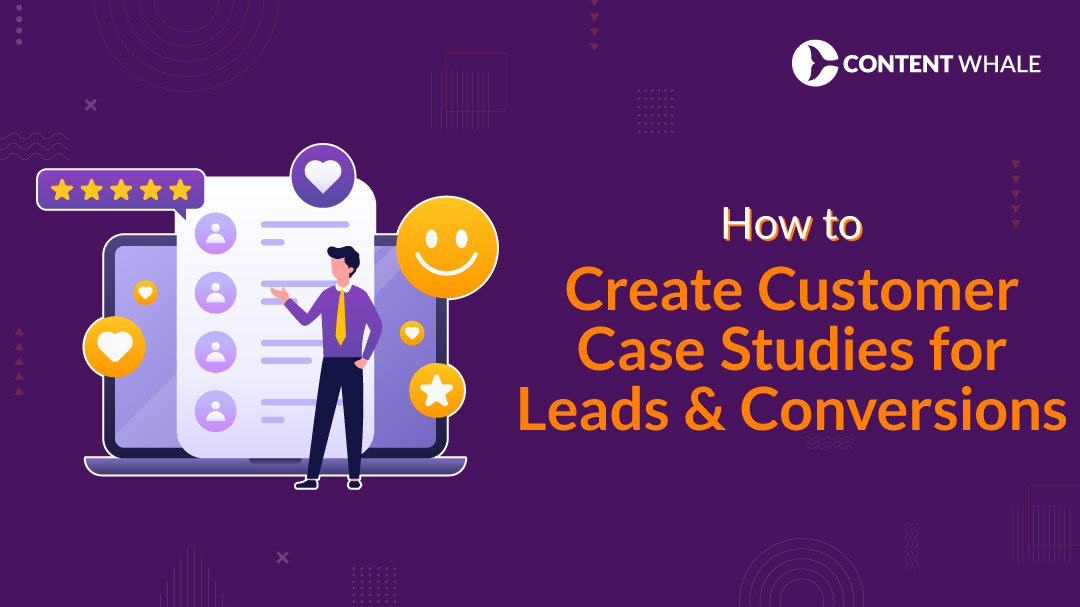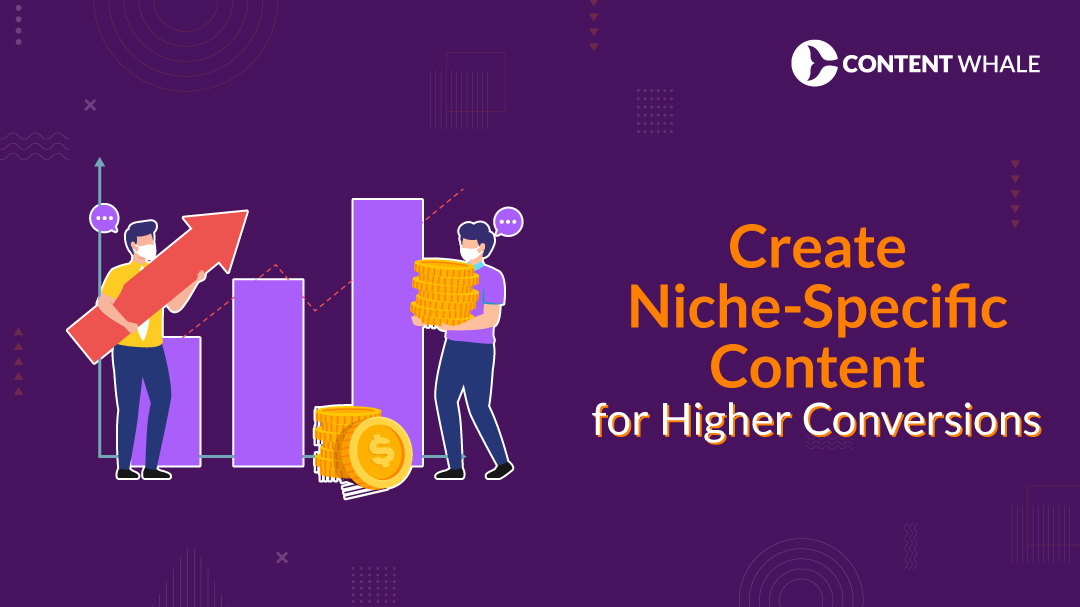Social media advertising is crucial for both businesses and individuals aiming to expand their reach and engagement online.
It offers an effective platform for reaching targeted audiences with precision, thereby boosting brand awareness and engagement levels.
The ability to connect with customers on platforms they frequently use increases the chances of your marketing messages being seen and acted upon.
However, creating impactful social media ads presents challenges, including standing out in a saturated market and optimizing budget allocations for the best returns.
This guide is designed to navigate these challenges, providing actionable tips for social media advertising that are grounded in current trends and successful strategies.
Here, we also explore how artificial intelligence (AI) is reshaping strategies, making social media advertising with AI more efficient and targeted.
By the end of this post, you’ll gain insights into creating compelling ads that resonate with audiences, alongside social media marketing tips for small business owners and marketers at various levels of expertise.
We aim to enhance your social media advertising effectiveness through practical advice and inspiring social media advertising examples.
Social Media Marketing Tips for Beginners
Engaging in social media marketing as a beginner involves understanding fundamental strategies that can significantly enhance your online presence and interaction with your target audience. Here’s how you can effectively start your journey:
1. Define Your Objectives
Begin by setting clear, specific goals for your social media efforts, such as increasing brand awareness, driving traffic to your website, or boosting customer engagement. This will help you tailor your strategies and measure your success effectively.
2. Understand Your Audience
Thoroughly research your target audience to understand their preferences, behaviors, and demographics.
Platforms like Instagram and Facebook provide tools that can help you glean insights about your audience, allowing you to create content that resonates with them.
3. Choose the Right Platforms
Not all social media platforms will be suitable for your goals. For instance, if your target audience is professionals, LinkedIn might be more appropriate, whereas Instagram or TikTok could be better for a younger, more visually-oriented audience.
Analyze where your potential customers are most active and focus your efforts there.
4. Create Compelling Content
Content is king in social media marketing. Develop engaging, relevant, and informative content that speaks directly to your audience’s needs and interests.
Utilize a mix of media types, such as images, videos, and infographics, to keep your content dynamic and engaging. Repurposing content across different platforms can save time and extend your reach.
5. Interact with Your Audience
Social media is not just about posting content; it’s also about interaction. Regularly engage with your followers through comments, messages, and posts.
Prompt responses to user interactions can enhance your brand’s reputation and encourage more engagement.
6. Monitor and Adapt
Use analytics tools provided by social media platforms to monitor the performance of your posts.
Look at metrics like reach, engagement, and conversion to understand what works and what doesn’t.
Be prepared to adapt your strategy based on this data to optimize your social media presence.
Implementing these foundational strategies will not only enhance your understanding of social media marketing but also improve your ability to connect with and expand your audience effectively.
These insights are derived from current best practices in social media strategy, ensuring you’re receiving the most updated and effective advice available.
Social Media Advertising Examples
Exploring successful social media campaigns provides actionable insights into creating effective advertisements. Here are some notable examples:
1. Hilton Hotels on TikTok
Hilton Hotels crafted a standout 10-minute TikTok video that brought viewers on a journey with influencer Paris Hilton.
This long-form video effectively engaged audiences by showcasing various hotel experiences, creatively using influencer partnerships and authentic content to maintain viewer interest throughout the extended duration.
2. Tinder’s “It Starts with a Swipe”
Tinder launched the “It Starts with a Swipe” campaign to rebrand the app as a platform for meaningful connections, especially targeting Gen Z.
By using data-driven insights about their user preferences for long-term relationships, Tinder tailored its campaign to align with the actual desires of its members, leading to increased engagement and brand repositioning.
3. Strava’s Year in Sport
Strava’s annual campaign, “Year in Sport,” compiles user data to create a comprehensive report that celebrates athletic achievements and encourages new fitness goals.
This campaign successfully fosters a sense of community among users by allowing them to see their achievements alongside others’, enhancing loyalty and engagement.
4. Duolingo’s Adoption Center
In response to Netflix’s changes in password sharing policies, Duolingo introduced a campaign encouraging users to add family members to their accounts.
This timely and relatable content effectively capitalized on current events to boost user engagement and brand visibility.
5. Cadbury’s Worldwide Hide Event
Cadbury utilized Google Maps to create an interactive digital egg hunt, allowing users worldwide to engage in a modern take on traditional Easter egg hunts.
This creative use of digital tools to enhance a seasonal event garnered significant participation and interaction across social platforms.
These campaigns highlight the effectiveness of combining creative content, strategic platform use, and timely execution to achieve remarkable results in social media advertising.
Tips for Social Media Posts That Convert
Successful social media posts that convert visitors into followers and customers are both an art and a science. Here are specific strategies to enhance your posts’ impact.
1. Include a Clear Call to Action (CTA)
Every effective ad contains a direct CTA. It guides the audience on what to do next, whether it’s visiting a website, signing up, or making a purchase.
A clear, compelling CTA increases the likelihood of engagement and conversions.
2. Optimize Posting Times
Timing is key. Post your ads when your target audience is most active. This varies across platforms and demographic groups.
Tools like Sprout Social or Hootsuite can help determine the best times for your audience.
3. Manage Ad Frequency
Balance is essential. Too many ads can annoy your audience, while too few might get lost in the noise.
Test different frequencies to find the sweet spot that keeps your audience engaged without overwhelming them.
4. Foster Engagement
Actively respond to comments and questions on your ads. This not only enhances engagement but also builds relationships and trust with your audience. Engagement can further amplify your ad’s reach through increased visibility in feeds.
5. Utilize Relevant Hashtags
Hashtags expand your reach. Use relevant hashtags to tap into new audiences and increase the discoverability of your posts.
Don’t overcrowd your posts with them; choose wisely to maintain clarity and focus.
6. Conduct A/B Testing
Experiment with different versions of your ads. A/B testing helps identify which elements resonate best with your audience.
This could involve varying the imagery, the ad copy, or even the placement of your CTA.
Implementing these tips for social media posts will help maximize your social media advertising effectiveness, especially when integrated with insights from social media advertising with AI technologies.
Social Media Advertising with AI
The integration of artificial intelligence (AI) in social media advertising is transforming how businesses target, create, and optimize ads.
Here’s how you can leverage AI to boost your social media advertising strategies.
1. AI-Powered Content Creation
AI tools can generate creative ad content, including copy and visuals. These tools analyze data to produce content that resonates with your target audience, enhancing engagement and effectiveness.
| Tool | Key Features | Best For | Pricing Info |
|---|---|---|---|
| Ocoya | Auto-generates captions, images; tailors content to different platforms | Content creation at scale | Starts at $29/month |
| Copy.ai | Generates text for social posts, blogs, ads; minimal human editing needed | Rapid content creation | Free plan available; Pro starts at $36/month |
| JasperAI | Advanced tone settings, content translation in 30 languages | Creating on-brand content | Starts at $39/month |
2. AI-Driven Enhanced Ad Targeting
AI improves how businesses target their ads. By analyzing vast amounts of data, AI identifies patterns and preferences, allowing for more precise audience targeting. This ensures that your ads reach the most relevant viewers, increasing conversion rates.
| Tool | Key Features | Best For | Pricing Info |
|---|---|---|---|
| AdCreative.ai | Uses AI to optimize ads based on real-time data | Maximizing ad relevance and ROI | Subscription required |
| Feedhive | Tailors posts for different channels, enhances productivity | Multi-platform content management | Subscription required |
3. AI-Enhanced Analytics
AI technologies provide deep insights into ad performance. They track user interactions and engagement, offering detailed analytics that help you understand what works and what doesn’t. This data is crucial for refining your strategies and achieving better ROI.
| Tool | Key Features | Best For | Pricing Info |
|---|---|---|---|
| Sprout Social | In-depth analytics on engagement and performance | Comprehensive social media insights | Subscription required |
| Dash Hudson | Visual analytics, monitors engagement and competitors | Brands with a strong visual content focus | Subscription required |
4. AI Chatbots for Customer Interaction
Integrating AI chatbots into your ads can significantly enhance customer interaction. Chatbots respond instantly to inquiries, providing information and assisting users through the customer journey. This immediate interaction can improve user experience and lead to higher conversion rates.
| Tool | Key Features | Best For | Pricing Info |
|---|---|---|---|
| ChatGPT | Generates responsive interactions | Engaging content creation | Free; Advanced plans available |
| Heyday | Conversational AI for e-commerce, 24/7 customer interaction | E-commerce platforms | Starts at $49/month |
5. Predictive Analytics
| Tool | Key Features | Best For | Pricing Info |
|---|---|---|---|
| Cortex | Analyzes historical data to predict trends | Strategic planning and analytics | Subscription required |
Using social media advertising with AI not only streamlines your marketing efforts but also significantly boosts their social media advertising effectiveness.
As AI technology continues to evolve, keeping abreast of these advancements can provide a competitive edge in the digital advertising space.
This guide has provided a series of practical tips for social media advertising aimed at optimizing your marketing strategies.
We’ve explored everything from basic tactics for beginners to advanced techniques using AI, ensuring you have the tools needed to succeed in today’s digital marketplace.
Recapping key points, remember that setting clear objectives, understanding your audience, and choosing the right platforms are foundational steps.
Engaging content, targeted ads, and responsive interaction are paramount for effective campaigns.
Additionally, social media advertising with AI offers groundbreaking ways to enhance ad creation, targeting, and analytics, pushing the boundaries of traditional advertising methods.
Always stay current with the latest trends and technologies to maintain a competitive edge. Continuous learning and adaptation are vital as digital marketing evolves rapidly.
For further resources, explore industry blogs, webinars, and workshops to deepen your understanding and skills in social media marketing.
Embrace these insights and integrate them into your strategies to see marked improvements in your social media advertising effectiveness, whether you’re enhancing a small business’s presence or scaling a larger enterprise’s operations.
As we wrap up our exploration of tips for social media advertising, here are answers to some frequently asked questions that can further enhance your understanding and implementation of effective strategies.
How much should I spend on social media advertising?
Budgeting depends on your business size, goals, and the platforms you’re using. Start small, test what works, and increase your spend based on the results.
It’s vital to track ROI to ensure your investment is yielding tangible benefits.
What are the best practices for social media ad targeting?
To optimize ad targeting, define your audience as specifically as possible using demographics, interests, and behaviors.
Utilize social media advertising with AI to refine your targeting and improve ad performance. Regularly update your audience parameters based on campaign data.
Which social media platform is best for my business?
Choose platforms where your target audience is most active. For B2C companies, Instagram and Facebook are often effective.
For B2B, LinkedIn might be preferable. Small businesses should consider social media marketing tips for small business like engaging local audiences on platforms they frequent.
How can I measure the effectiveness of my social media ads?
Measure effectiveness through engagement rates, click-through rates, conversion rates, and ROI.
Use platform analytics tools and AI-driven insights to track these metrics.
Adjust your strategies based on these analytics to improve future ad performance.
What are the best AI tools for social media advertising?
Select AI tools that offer capabilities for automated content creation, audience targeting, performance analytics, and customer interaction, like chatbots.
Tools such as IBM Watson Advertising, Salesforce Einstein, and Google AI can enhance your advertising efforts significantly.
Leveraging these FAQs in your strategy will help address common challenges and refine your approach to social media advertising, leading to better results and a more profound impact on your business objectives.





